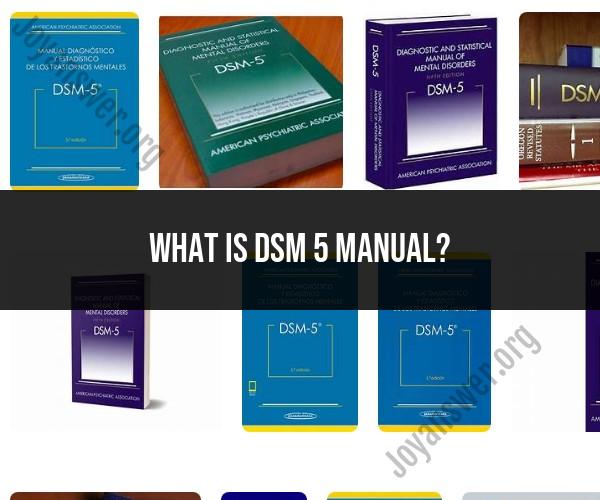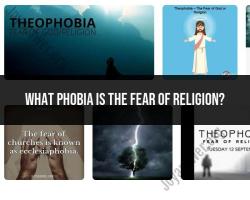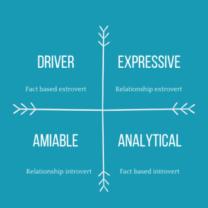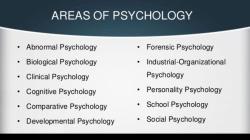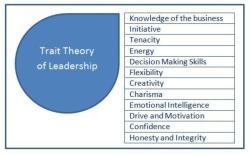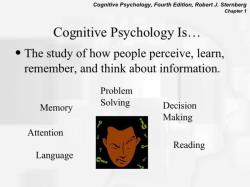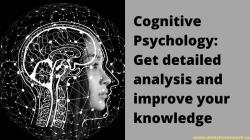What is DSM 5 manual?
The DSM-5, or Diagnostic and Statistical Manual of Mental Disorders, Fifth Edition, is a manual published by the American Psychiatric Association (APA) that provides standardized criteria for the classification and diagnosis of mental disorders. It serves as a comprehensive guide for mental health professionals, including psychiatrists, psychologists, social workers, counselors, and clinicians, to aid in the accurate diagnosis and treatment of mental health conditions.
Key points about the DSM-5 manual include:
Diagnostic Criteria: The DSM-5 includes detailed diagnostic criteria and descriptions for a wide range of mental disorders, including mood disorders (e.g., depression, bipolar disorder), anxiety disorders (e.g., generalized anxiety disorder, social anxiety disorder), psychotic disorders (e.g., schizophrenia), personality disorders, substance use disorders, and many others.
Classification System: It organizes mental disorders into categories and subcategories based on their characteristic symptoms, patterns of behavior, and other clinical features. These categories help clinicians identify and differentiate between various mental health conditions.
Diagnostic Codes: The manual assigns specific codes to each mental disorder, which are used for insurance billing, research, and clinical documentation. These codes allow for consistency in communication among healthcare professionals.
Criteria Revisions: The DSM-5 represents updates and revisions to the previous edition, the DSM-IV-TR. It reflects changes in our understanding of mental disorders, based on ongoing research and clinical experience.
Multiaxial System Discontinued: Unlike previous editions, the DSM-5 discontinues the multiaxial system, which separated diagnoses into different axes (e.g., Axis I for clinical disorders, Axis II for personality disorders). Instead, it uses a single-axis system for diagnosis.
Dimensional Assessments: In addition to categorical diagnoses, the DSM-5 introduces dimensional assessments, which consider the severity and intensity of symptoms. This approach allows for a more nuanced understanding of an individual's mental health status.
Cultural Considerations: The manual includes guidance on considering cultural factors when diagnosing mental disorders, recognizing that cultural backgrounds can influence the presentation of symptoms and the interpretation of distress.
Research and Clinical Use: The DSM-5 is used by mental health professionals in clinical practice, research, and education. It provides a common language and framework for diagnosing and studying mental disorders.
Continual Updates: Mental health research is an evolving field, and diagnostic criteria may be subject to updates and revisions in future editions of the DSM to reflect advances in knowledge and understanding of mental health conditions.
It's important to note that the DSM-5 is primarily used as a guide for mental health professionals and should not be used by individuals to self-diagnose. If you or someone you know is experiencing mental health concerns, it is advisable to seek help from a qualified mental health professional who can provide a thorough assessment and appropriate treatment recommendations.
DSM-5 Manual: An Overview of the Diagnostic and Statistical Manual
The Diagnostic and Statistical Manual of Mental Disorders, Fifth Edition (DSM-5) is a classification and diagnostic tool published by the American Psychiatric Association (APA). It is used by mental health professionals to diagnose mental disorders, including anxiety disorders, depressive disorders, bipolar disorders, and psychotic disorders.
The DSM-5 is a comprehensive manual that includes information on over 400 mental disorders. For each disorder, the DSM-5 provides a definition, diagnostic criteria, differential diagnosis, prevalence, age of onset, course, etiology and risk factors, familial pattern, and comorbidity.
The DSM-5 is used by mental health professionals to diagnose mental disorders, but it is also used by researchers, insurance companies, and the legal system.
Understanding DSM-5: The Purpose and Contents of the Manual
The purpose of the DSM-5 is to provide a common language and standard criteria for the diagnosis of mental disorders. This allows mental health professionals to communicate effectively with each other and to provide consistent care to their patients.
The DSM-5 is also used by researchers to study mental disorders and to develop new treatments. Additionally, the DSM-5 is used by insurance companies to determine which mental health services are covered by insurance.
The DSM-5 is divided into three sections:
- Section I: Introduction
- Section II: Diagnostic Criteria and Codes
- Section III: Emerging Measures and Models
Section I provides an overview of the DSM-5 and its classification system. Section II provides the diagnostic criteria and codes for each mental disorder. Section III includes information on emerging measures and models for the diagnosis and assessment of mental disorders.
Navigating the DSM-5: A Guide to the Diagnostic Manual
The DSM-5 can be a complex manual to navigate, but there are a few things that can help:
- Use the index to find the mental disorder that you are interested in.
- Read the definition of the mental disorder carefully.
- Review the diagnostic criteria for the mental disorder.
- Consider the differential diagnosis, which is a list of other mental disorders that could be mistaken for the mental disorder in question.
If you are still unsure about how to use the DSM-5, you can talk to a mental health professional. They can help you to understand the DSM-5 and to use it to diagnose mental disorders.
It is important to note that the DSM-5 is not a perfect manual. It is constantly being updated to reflect the latest research on mental disorders. Additionally, the DSM-5 is a classification system, not a treatment manual. It does not provide specific treatment recommendations for each mental disorder.
